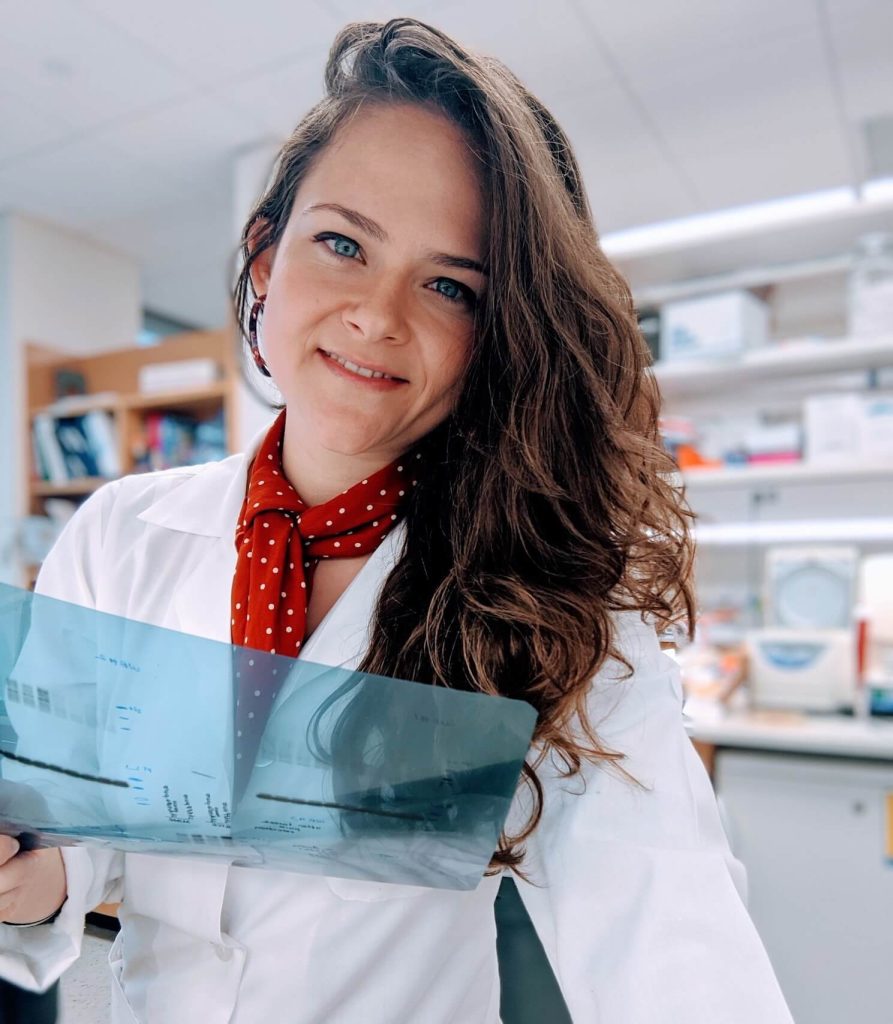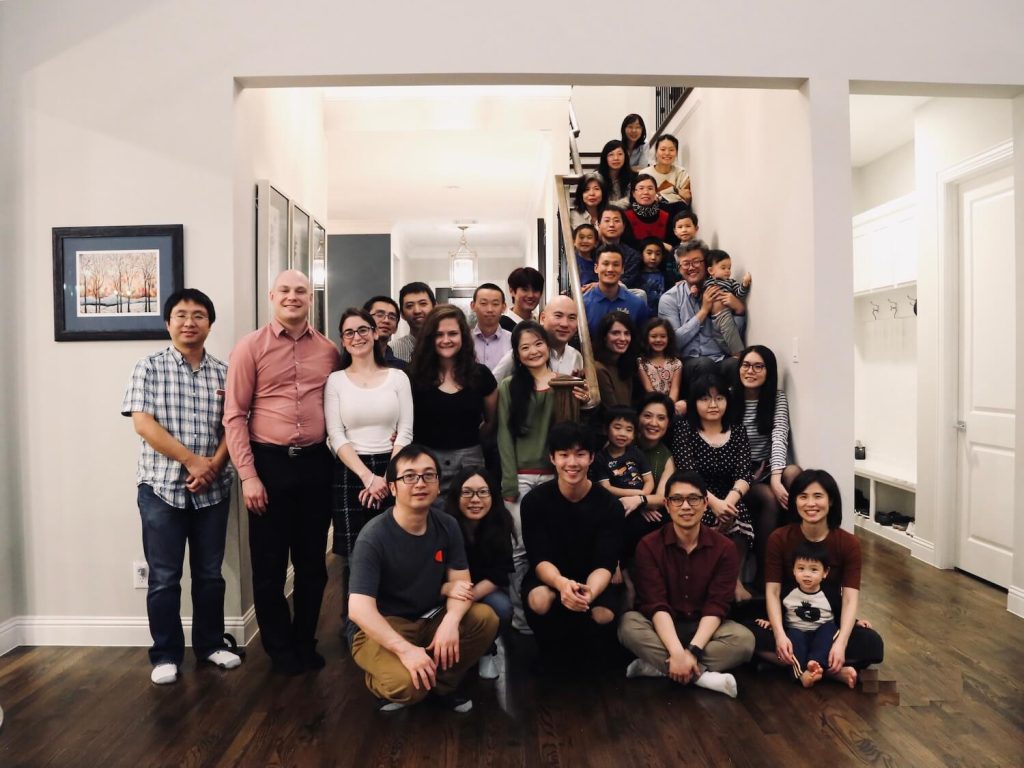June 8, 2020
Cemre Celen is a sixth-year graduate student in the Zhu lab. In CRI, she studies the regeneration of β-cells, which are the insulin-producing cells in the pancreas lost in diabetes. Her work could lead to new strategies for treating diabetes and improve our understanding of tissue regeneration.
What are you researching?
I study β-cells, which reside in the pancreas and are responsible for producing insulin in the body. Loss or impairment of β-cells is a common cause of diabetes for which there is currently no cure. Although this condition can be managed through medications, insulin administration, or lifestyle changes, patients still deal with a variety of complications. To find better treatment options or a cure for diabetes, we need a detailed understanding of the molecular mechanisms that regulate β-cell growth and the production and secretion of insulin.
My initial approach was to study the molecular differences between mouse β-cells under normal conditions and in situations that required β-cell to multiply, such as pregnancy or pancreas resection. I found that levels of an important protein known as ARID1A were significantly reduced during β-cell regeneration. This suggested that ARID1A might play a role in regulating how β-cells reproduce and grow. We know that ARID1A is part of a protein complex that is responsible for the packing and unpacking of DNA. This means its presence can either make it easier or harder for cells to access different parts of the genetic code and, therefore, has the potential to dictate the fate of many genes. I am excited to uncover new targets regulated by ARID1A and the role these targets may play in β-cell physiology and regeneration. Ultimately, I hope we can utilize these new targets to develop diabetes treatments in the future.


What led to your career in science?
I was always curious about and inspired by nature and science. Some of my earliest memories include digging in the sand on the Aegean Coast during our summer vacations to find worms and seashells, as well as impatiently waiting for the release of this monthly kids’ science journal called Bilim Çocuk. Since I was a kid in the ‘90s, reading about Dolly the Sheep — the first mammal to be cloned from an adult cell — played an important part in getting me excited about molecular biology. This initial curiosity, plus my early success in science classes, led me to choose molecular biology and genetics as my major in college. However, the real inspiration that led me to pursue a Ph.D. and become a scientist came from doing research in the lab and having the opportunity to travel to different countries for summer internships. I was lucky to have great scientific mentors and the opportunity to work with labmates from all over the world.
How did you end up in CRI?
Dr. Sean Morrison visited the European Molecular Biology Laboratory in 2013 when I was an undergraduate researcher and gave an outstanding seminar about the regulation of stem cell self-renewal. His talk got me excited about the amazing research in CRI and helped me make up my mind to apply to UT Southwestern for graduate school. When it was time to choose rotation labs, I picked Dr. Hao Zhu’s lab since I was interested in tissue regeneration research. His lab had a great energy to it — all the members were interested in each other’s work and would help each other out. We enjoyed our lunch breaks discussing science and sometimes discussing which restaurants to explore together next! Dr. Zhu is a great mentor who is enthusiastic about what we do and cares about each one of his trainees. I also liked that CRI had a mix of laboratories with different expertise working side-by-side in an open environment. This setup made it really easy to exchange ideas and interact with other scientists.


What is the hardest part of grad school?
Normally when we hear about scientists, the story is about those brief, final moments of a new discovery, a publication, or a grant. However, the day-to-day life of a scientist leading up to those moments consists of many small failures sprinkled with some victories. This is intrinsic to doing research. However, most of our undergraduate education is about studying for a test and getting an instant reward for our efforts. In grad school, you need to learn not to let small daily failures demotivate you. Instead, you need to learn from those experiments, adjust your direction, and be persistent in the face of challenges. I’m still working on this myself!
What do you like to do when you’re not in the lab?
When I am not in the lab, I like spending my time dancing. I started learning Lindy Hop — a form of swing dancing done to Swing Era Jazz — a few years ago to meet new people. Surprisingly, swing dancing turned out to be an activity that I was good at and enjoyed a lot. It’s a really creative pursuit and lets you and your partner build on each other’s ideas to create something exciting at the end. It is just like science in that sense!

© 2025 Children’s Research Institute Dallas Texas | Privacy | Site Policies